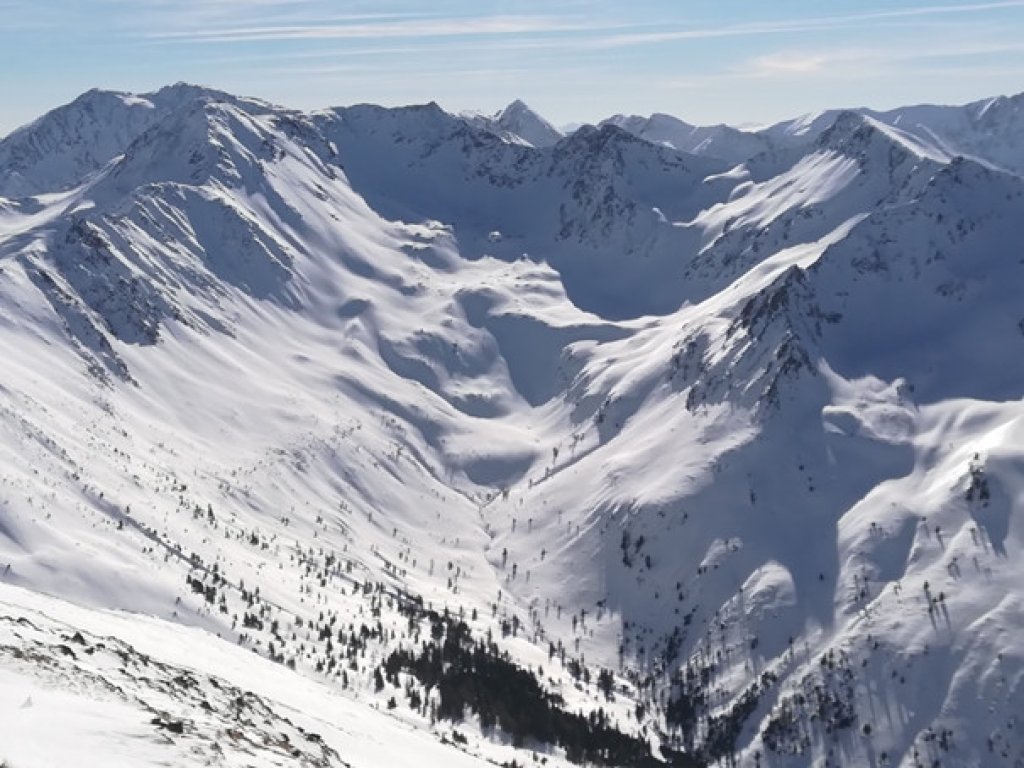As an industrialised area, Styria has largely been spared the extreme excesses of intensive tourism ("overtourism"). Many consider the Styrian mountains, which remain entirely below 3000 metres, to be too unspectacular. After all, Styria is the cradle of alpine skiing in Austria. We have two Styrians to thank for the fact that they were the first to test out the classic northern European means of transport "skis" for alpine use and climbed the summit of the Stuhleck from Mürzzuschlag in 1892, a tour of more than 1000 metres in altitude. This heralded the start of alpine ski touring and also made the region around Semmering Austria's first internationally significant winter sports arena.
Today, there are a whole series of mountain valleys in Styria that offer almost inexhaustible potential for ski tours of all levels of difficulty and where you can also find one or two ski resorts with freeride opportunities that are not immediately tracked out following the first hours of sunshine after a fresh snowfall.







